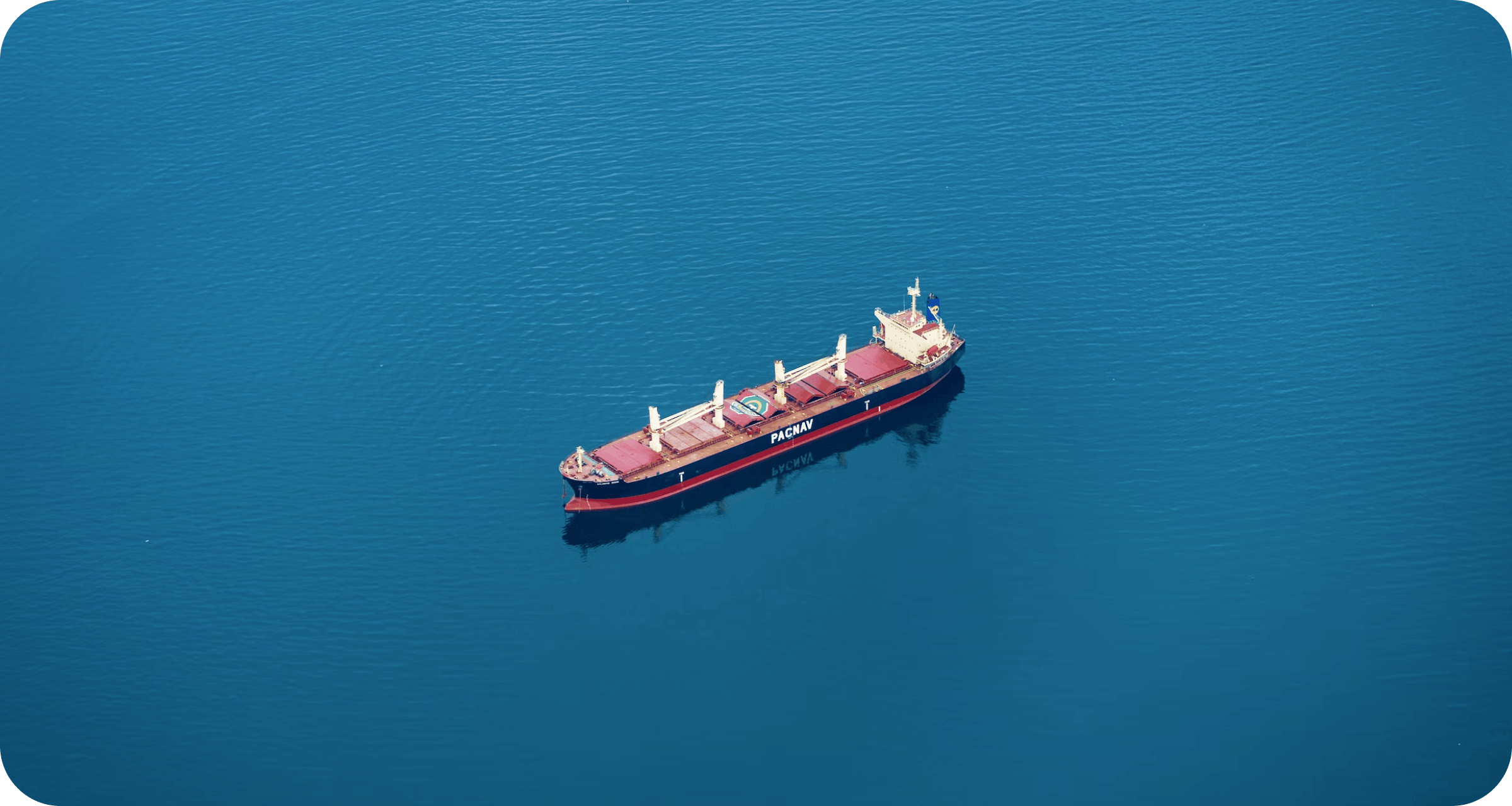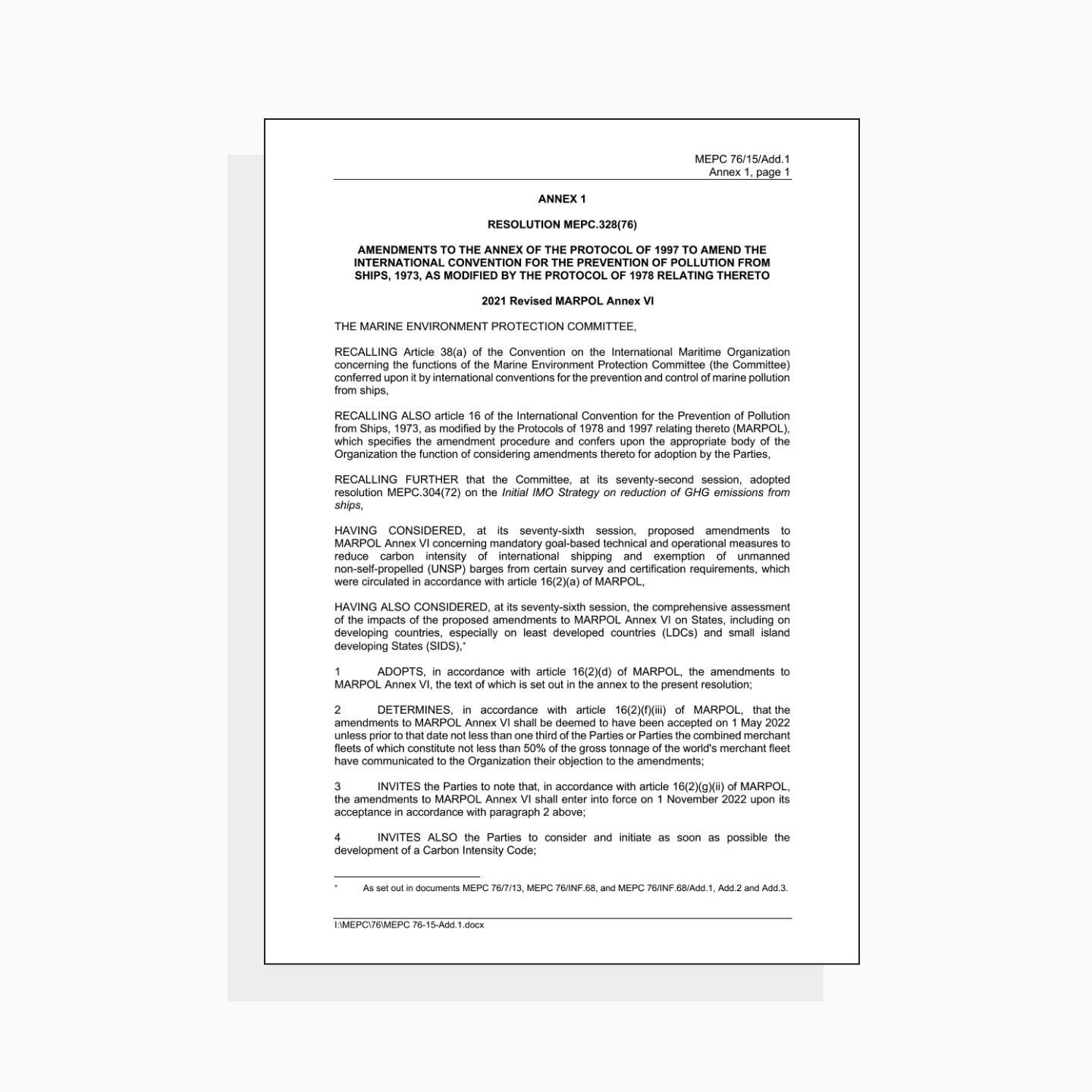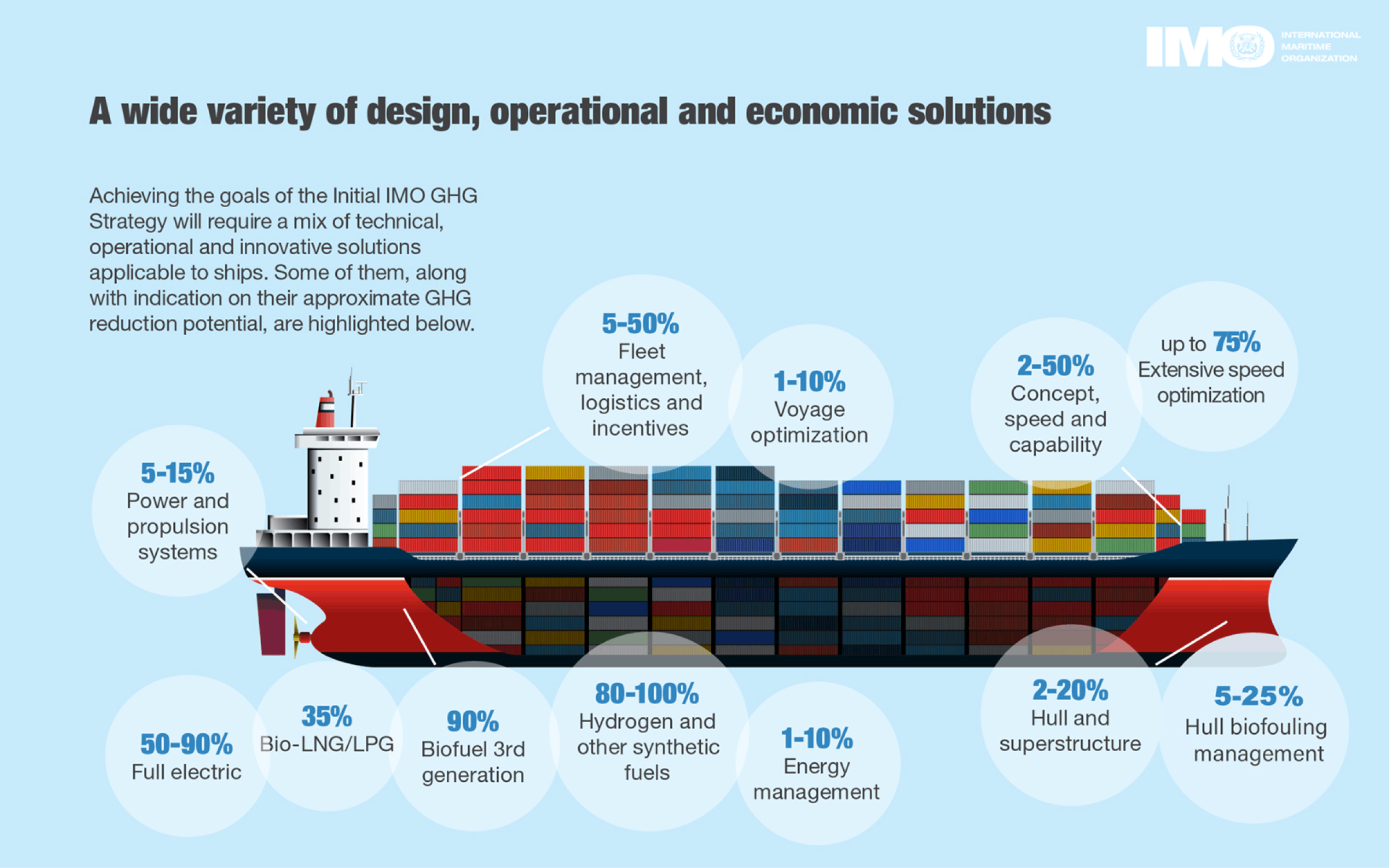

All owners of large ships must now report their carbon emissions every year.
That’s due to two new measures by the International Maritime Organization (IMO) which came into force on 1 January 2023 – the Energy Efficiency eXisting Ship Index (EEXI) and the Carbon Intensity Indicator (CII).
Here’s everything you need to know if you’ll be affected by the measures.
What are the Carbon Intensity Indicator and Energy Efficiency Existing Ship Index?
In 2008 the International Maritime Organization (IMO) committed to reduce the carbon intensity of shipping by 40% by 2030.
This target is much needed, given that research by the IMO themselves found that the shipping industry accounts for 3% of all global greenhouse gas emissions, emitting 1 billion tons of carbon dioxide every year (fourth IMO GHG study, 2020). Their research also showed that the industry was way off track to meet the goals of the Paris Agreement.
These new measures are part of the IMO’s strategy to achieve this target.
The Carbon Intensity Indicator and Energy Efficiency Existing Ship Index form a key part of MARPOL Annex VI, a paper on carbon reporting and rating measures for shipping, which came into force on the 1st January 2023.

What is the Energy Efficiency Existing Ship Index (EEXI)?
The Energy Efficiency Existing Ship Index (EEXI) is a measure of how energy efficient the ship itself is as a vehicle, using the metric of carbon emissions per cargo ton and mile.
This will be compared to a baseline for the ship based on the ship design – the engine power, transport capacity, and speed – and it must exceed this baseline to be deemed energy efficient enough.
What is the Carbon Intensity Indicator (CII)?
The Carbon Intensity Indicator (CII) is a measure of the efficiency of a ship’s transportation of goods or passengers, using the metric of carbon emissions per unit of nautical transport work (how much weight is transported, how far).
Ships will receive a CII rating from A to E. Each year, the boundaries for each rating will be lowered by around 2% – meaning ships will need to make efficiency improvements to keep their rating.
If a ship is rated E they will be required to submit a ‘corrective action plan’ outlining how the ship will be brought down to a C rating.
If a ship is rated D for three years running they will also be required to submit a ‘corrective action plan’ outlining how the ship will be brought down to a C rating. So, effectively, D rated ships have two years to improve their rating before having to submit an action plan.
Who do the measures apply to?
- The Energy Efficiency Existing Ship Index (EEXI) applies to all ships of 400 gross tonnage and above.
- The Carbon Intensity Indicator (CII) applies to large ships only, of 5,000 gross tonnage and above.
CarbonChain sample analysis found that only 1 in 8 ships is likely to achieve an CII A rating, and that 1 in 2 ships should expect to receive D or E ratings. So these new measures will have a big impact for many ship owners – and there’s also a big opportunity to grasp the moment and lead the way in sustainable shipping solutions.
It’s also worth noting that most businesses across the world rely on shipping to move goods and materials for them. So, although this ruling applies directly only to ship owners, all businesses should be taking steps to better understand their supply chain, and how the ships they rely on perform against these measures.
How can ship owners prepare?
Firstly, you need to determine ways to reduce the carbon intensity of your ship(s).
Common actions include:
- Switch to a low carbon fuel such as LNG or Low Sulphur Fuel Oil – or, for electric ships, switch to renewable energy.
- Optimise your routes – calculate the emissions of different route and journey options to ensure efficient routes and minimise fuel use
- Clean and maintain the hull and propeller to keep efficiency high.

Secondly, you also need to be aware that there will be more climate-related legislation coming, both for the shipping industry and for businesses in general.
These measures are part of the short-term part of the IMO’s strategy, which much more to follow to meet their targets – including an ongoing discussion about introducing a ‘Market-Based Measure’ which could put a carbon price on fuel.
The point being, there will be increasing pressure to demonstrate that you’re taking sustainability seriously.
Shipping is an industry that is both responsible for a large amount of carbon emissions, and will face the immediate brunt of extreme weather events. That, plus legislation like this, and the increasing demand from endconsumers, investors, employees and other stakeholders for sustainable options, mean it's in your best interests to start exploring your options for sustainable logistics solutions now.
Subscribe for the latest insights into driving climate positivity
Readers also liked
Readers also liked

Subscribe for emissions intelligence insights
Get the latest updates in the world of carbon tracking, accounting, reporting, and offsetting direct to your inbox.


